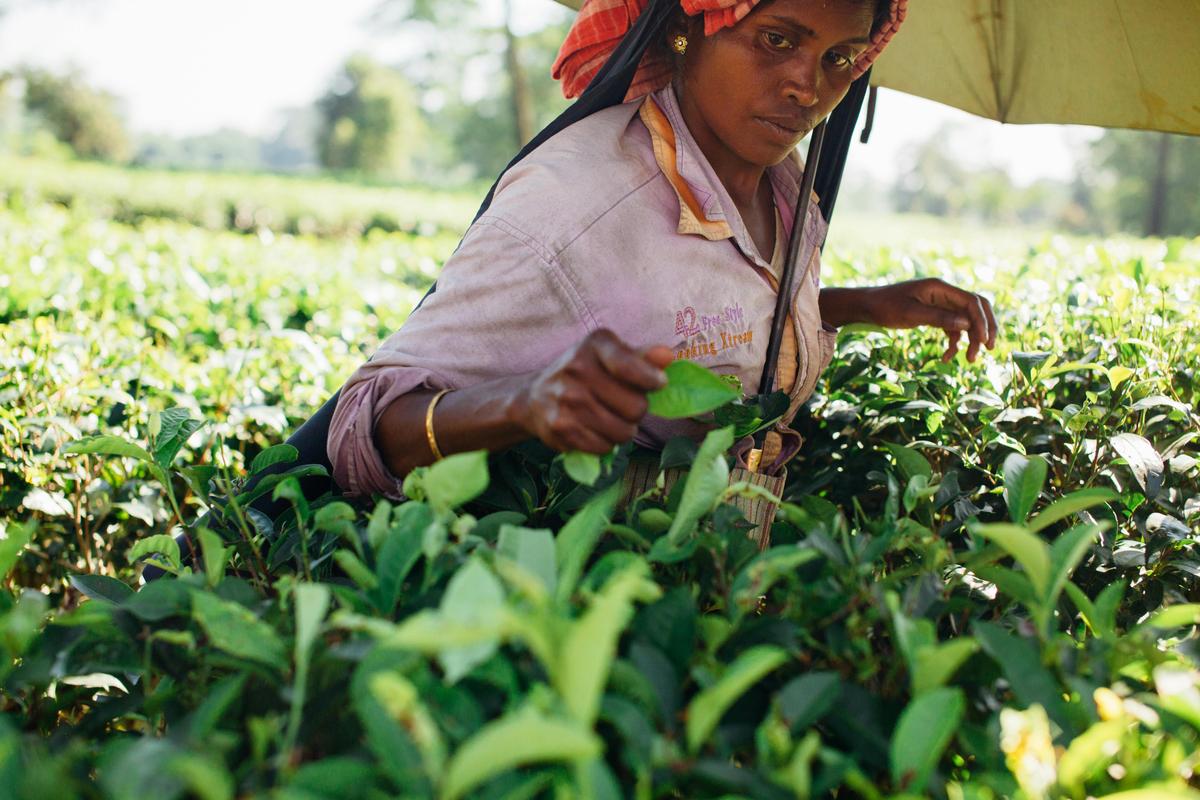Understanding Crop Rotation: A Key to Sustainable Farming
Crop rotation is a powerful tool in sustainable farming practices. By planning which crops to grow in a field, farmers can unlock a range of benefits beyond just maximizing yields. At the core of effective crop rotation is diversity.
By mixing up the types of crops, farmers can disrupt the life cycles of pests and diseases, reducing the need for harmful pesticides. As different crops are planted one after the other, the soil gets replenished with various nutrients, preventing depletion and maintaining its fertility. For example, legumes can naturally boost subsequent crops by fixing atmospheric nitrogen. Grains and meadows help control erosion, protecting the land from wind and water damage.
The great thing about crop rotation is its flexibility. Experienced farmers often avoid strict schedules in favor of more adaptable, field-specific sequences. This allows them to address the unique challenges and opportunities of each growing season. A bed or field might have a variety of short-season crops to prevent pests and diseases.
In the end, crop rotation isn’t just a practical strategy – it shows the creativity and resilience of sustainable farmers. By embracing nature’s diversity, they can grow abundant harvests while preserving the land for future generations. It’s a delicate balance, but one that leads to a rich and rewarding harvest for everyone involved. 1 2
Top Crop Rotation Examples for Maximizing Soil Health
Crop rotation is the key to unlocking the full potential of sustainable farming. By strategically planning the sequence of crops grown on a piece of land, farmers can create a harmonious ecosystem that nourishes the soil, controls pests, and maximizes yields.
A typical crop rotation on the Canadian prairies often includes a diverse mix of cereals, oilseeds, and legumes. Wheat, barley, and oats can be rotated with canola, flax, and sunflowers, while field peas, beans, and lentils add nitrogen-fixing capabilities to the soil. This diversity not only supports soil health but also disrupts the life cycles of weeds, insects, and diseases, reducing the need for costly and environmentally harmful pesticides.
Crop rotations help create healthy soil by managing nutrient depletion and addition, and improving soil organic matter and microbial diversity.
Farmers carefully consider factors like crop residues, nutrient requirements, and marketability when designing their rotations. Including a competitive crop like barley or alfalfa before a less competitive one, such as flax or lentil, can help the latter get a head start in a weed-free field. Incorporating cover crops like fall rye or sweet-clover can also replace some of the traditional summerfallow land, further enhancing soil fertility and weed suppression.
Ultimately, a well-crafted crop rotation is a sign of the farmer’s deep understanding of their land and commitment to sustainable agriculture. By embracing the natural cycles of the ecosystem, they not only ensure the long-term viability of their farm but also contribute to a more resilient and environmentally-friendly food system for all. 3 4
 Photo by Elina Sazonova on Pexels
Photo by Elina Sazonova on Pexels
How to Implement Effective Crop Rotation on Your Farm
Crop rotation is a powerful tool in sustainable farming practices. By planning out which crops to grow in a specific order, farmers can unlock a range of benefits that go beyond just diversifying their yields.
At the core of effective crop rotation is understanding plant families and their unique soil nutrient needs. Crops can be grouped into categories like onions, broccoli, squash, beans, tomatoes, and carrots - each with their own requirements and effects on the soil. A well-thought-out rotation might involve planting beans first, followed by broccoli, then carrots/onions, and finally tomatoes/squash, before starting the cycle again with beans.
This careful dance of crops not only prevents the soil from getting worn out but also reduces the risk of diseases and pests. Beans, for example, can add nitrogen to the soil, which benefits the following crops. Broccoli, on the other hand, can help control weeds and break disease cycles. By mixing up the plant families, farmers create an environment that is less welcoming to pests and diseases, reducing the need for expensive and potentially harmful chemicals.
- Keep detailed records of your crop rotation to ensure soil health and fertility are consistently maintained.
- Try out different crop combinations to find the best rotation for your farm and climate.
- Take advantage of the natural benefits of mixing plant families to get the most out of crop rotation.
Implementing an effective crop rotation system requires a good understanding of your land and a willingness to think creatively. But the rewards are well worth it - healthier soils, stronger crops, and a more sustainable farming operation that can thrive for generations. 5
The Benefits of Crop Rotation: Real-World Examples and Success Stories
Crop rotation is a powerful tool that can transform sustainable farming. By strategically planning the sequence of crops grown on a piece of land, farmers can unlock a treasure trove of benefits that go beyond mere yields.
At the core of crop rotation lies diversity. By introducing a variety of plants, each with unique root systems, nutrient requirements, and pest vulnerabilities, farmers can create a self-sustaining ecosystem that thrives without reliance on harmful chemicals. Nitrogen-fixing legumes, like soybeans and alfalfa, replenish the soil with essential nutrients, while deep-rooted cover crops draw up valuable minerals from the depths, making them available for subsequent cash crops.
The benefits of crop rotation go beyond soil health. By rotating non-host crops after a susceptible crop, farmers can effectively manage pests and diseases, starving pathogens of their preferred food source and breaking the cycle of infestation. This approach not only reduces the need for pesticides but also promotes a diverse and resilient ecosystem, teeming with beneficial insects and microorganisms.
Weed control is another area where crop rotation shines. Cover crops can outcompete weeds for resources, crowding them out and denying them the opportunity to thrive. This natural approach to weed management not only eliminates the need for herbicides but also enhances the overall biodiversity of the farm.
Crop rotation’s impact on soil health is perhaps its most profound contribution. By adding more crop residues, green manures, and other plant debris to the soil, farmers can steadily increase organic matter, improving soil structure and water-holding capacity. This, in turn, reduces the risk of erosion and runoff, safeguarding the land for generations to come.
The benefits of crop rotation go beyond the farm, too. By diversifying their operations, farmers can spread their workload more evenly, making the most of their equipment and labor. This flexibility allows them to cultivate more land, ultimately contributing to the global food supply and the resilience of our agricultural systems. 6 7
 Photo by Rodolfo Clix on Pexels
Photo by Rodolfo Clix on Pexels
References
-
“Weeds Crop Rotation” - www.dal.ca ↩

 Photo by
Photo by